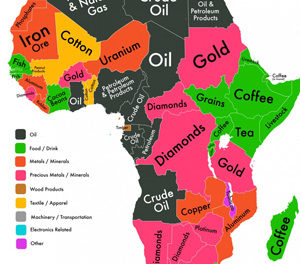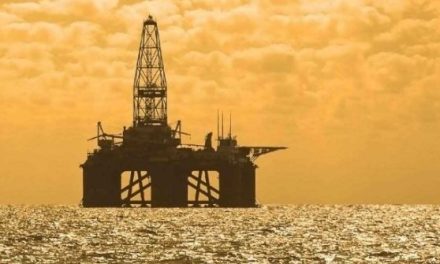
Namibia tops Road Fund Reforms
A recent assesment by the global Transport Knowledge Resource Centre ranks Namibia first among twenty African states with Tanzania and Kenya coming in second and third, as countries with a 100 percent score on the overall perfomance assessment of national road funds.
According to the report, despite the potential of fuel taxation, many countries instead opt to subsidise fuel, a practice which is difficult to escape from later. Angola, for instance, is going through a painful fuel subsidy adjustement following years of heavily subsidising fuel in their domestic market.
Namibia is ranked 78th out of 283 countries and is seen as a category 3 country with gasoline taxation in the 56 to 122 US cents range. In Namibia, the retail price of fuel is above the price level of the United States and below the price level of Spain.
The country is also ranked high as one that has drastically improved the status of its roads through a new generation of Road Funds, replenished mainly by fuel levies and managed by an independent Road Fund Administration.Many African countries have historically suffered from the lack of resources for the maintenance of roads, leading to substantial road asset erosion and increases in vehicle operating costs.
Another recent study by the World Bank shows that US$1.9 billion of capital spending on road rehabilitation in Africa could have been avoided by sound, preventative maintenenace of road networks.According to the report, at a very crude level, financial sustainability is met when revenues are balanced with expenditure, in other words when total intake/income is equal to or exceeds spending.
This principle also applies to urban road networks when, at policy level, the transport budget for a whole city is determined, and at a programme level, in developing a group of projects to support efforts such as the roll out of a new network of Rapid Bus Transit.Budgets also needs to provide for the execution of individiual projects under various programmes such as the constrution of seperated bus lanes and the purchasing of buses.
“It is not uncommon for the balance to be temporality unmet, as is the case when money is borrowed to finance projects and programmes today. However, it is clear that over a longer course of time, the balance needs to be restored in one way or the other,” the World Bank report states.
The funding of infrastruture often becomes financially stable through fuel taxes or surcharges with the main decision makers being the finance ministry, the transport ministry and execution agencies such as road fund authorities.
“Policy makers take these main considerations such as fuel tax as a stable source of income and as a proxy for road pricing and environmental taxation and liase with central ministries to seek ways in which revenue can be reallocated to the local level” the report advises.
With the recent introduction of an environmental tax, vehicle tax is likely to be variable depending on engine size or carbon emissions, thus, encouraging car owners to buy vehicles with a better environmental perfomance. These levies are also earmarked for funding of the Road Fund Administration.










































